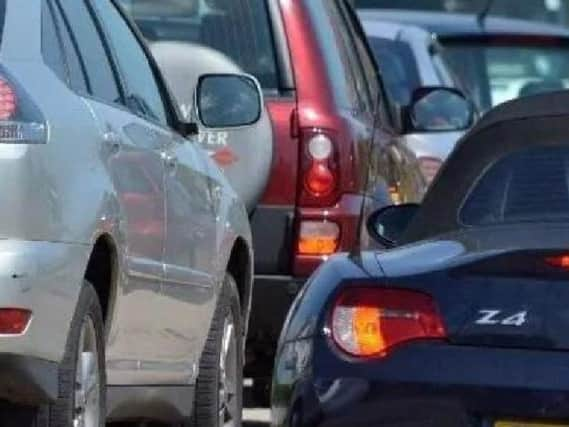No deaths or serious injuries on the roads of Peterborough and Cambridgeshire – the goal of new road safety partnership


The Vision Zero Partnership consists of: Peterborough City Council, Cambridgeshire County Council, Cambridgeshire Constabulary, Office of the Police & Crime Commissioner, Cambridgeshire Fire & Rescue Service, Highways England, The Road Victims Trust, Magpas Air Ambulance, The Major Trauma Centre – Addenbrookes, and Public Health.
Presenting their report to members of Fenland District Council Overview and Scrutiny Panel at their online meeting (February 8), the ‘Vision Zero’ Partnership says no human being should be killed or seriously injured as the result of a road collision.
Advertisement
Hide AdAdvertisement
Hide AdMatt Staton, Cambridgeshire and Peterborough Road Safety Partnership Delivery Manager said: “The Partnership is collectively working towards a long-term strategic goal of Vision Zero, where there are no deaths and serious injuries on the Partnership’s roads.
“This is an ambitious goal, and will need time and effort to be achievable; but with the strategy starting in 2021, the goal is to move towards zero deaths or severe serious injuries in the Partnership area by 2040.
“Currently, there are between 450-470 people killed or seriously injured (KSI) each year on the roads of Cambridgeshire and Peterborough.
“Initially, we hope to reduce that by 50% to around 234 persons by the year 2030, and then down to zero in the ten years after that.
Advertisement
Hide AdAdvertisement
Hide Ad“This will require a systematic, multi-disciplinary and multi-sectoral approach to address the safety needs of all users.
“It needs a proactive strategy plan that places road safety at the core of road traffic system planning, design and operation and use.
“What we have in mind are five primary components requiring action: Safe People; Safe Vehicles; Safe Speeds; Safe Roads and Roadsides; and Post Collision Response.
“What we intend to do is to work with the local health sector to identify improvements in post-collision care: a good example being the way BikerDown organise their help for the motorcycle community.
Advertisement
Hide AdAdvertisement
Hide Ad“The BikerDown model promotes the use of location apps (what3words/RealRider), first aid training for vulnerable road user groups such as cyclists and equestrians, providing support to injured riders and their families using the collective power of a local, tight-knit community to help riders and their families get through potentially devastating times by providing emotional support, financial assistance, and even medical equipment.
“We also need timely crash investigations and prosecutions with the rapid reinstatement of the network and then intervention with bereaved relatives, giving them support for after-traumas such as PTSD.
“All interventions carried out will be based on evidence and data, and each intervention will be evaluated, where appropriate, based on working with our partners and understanding the impact on other parts of the system.
“The plan itself will be updated annually, to reflect changes in collision data, Safety Performance Indicators, survey data and research into the effectiveness of interventions.
Advertisement
Hide AdAdvertisement
Hide Ad“This will allow the Vision Zero Partnership to respond dynamically to local needs and international best practice.
“Road Users must also be given the best possible chance of survival and recovery following an incident on the road network, so we’ll coordinate the immediate and longer-term response to all of these incidents, promoting the best possible outcomes for the victims, their families, other parties and the wider community.”
Members gave their full support to the new partnership.